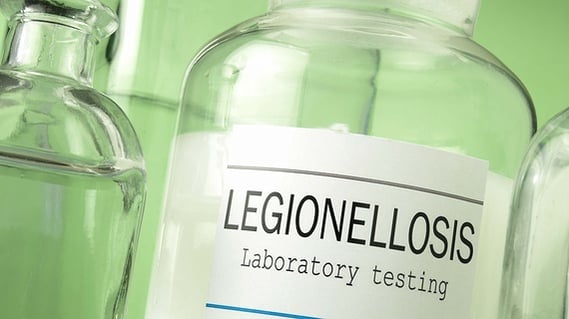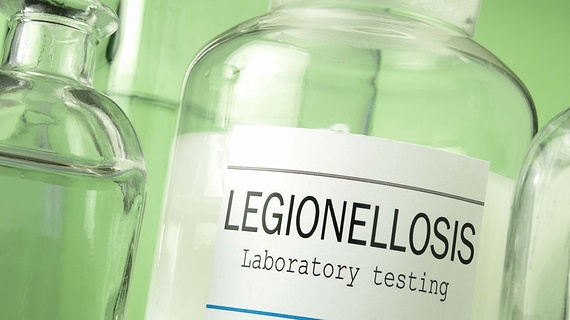
Biodispersants and biofilms, plankton, plumes, and serogroups – sometimes it can feel like you need to learn a whole new language in order to understand legionella testing.
Luckily, the technical terms used in this field are actually fairly straightforward, even if they may seem bewildering at first glance. To help you understand them better, we’ve compiled a short glossary of key legionella testing and related terms. You may want to print it out for future reference.
Aerosol
Not the hand-held kind, but the same principle. This term refers to liquid particles suspended in air that fall very slowly. Legionella can be spread via the aerosol effect.
Biodispersant
A chemical that can be added to a cooling system to break down biofilms (see below).
Biocide
A treatment that kills microorganisms, such as bacteria and fungi.
Biofilm
A film of bacteria and other microorganisms, attached to a surface.
CFU/ml, CFU/l
Colony forming unit per millilitre/litre. These units are used to measure the number of viable bacteria or fungal cells in a water sample.
Dip slide
These are used to test microbe levels in water. You dip them in the water and then incubate them to allow the microbes to grow, allowing you to estimate levels in your cooling tower water.
Legionella pneumophila
The type of legionella bacteria responsible for Legionnaires’ disease.
Plankton
Small microscopic organisms found in water.
Plume
Discharge of air and moisture from a cooling system. This can contain aerosols and be a potential legionella risk.
Spray drift
Aerosol emissions from a cooling system or cooling tower.
Serogroup
A subgroup of a species of bacteria. In testing, usually used to refer to a particular strain of legionella.
Thermal disinfection
Heat treatment used to disinfect system via hot water.
TVC
Total Viable Counts of bacteria in a sample, discounting legionella.
TACC
Total Aerobic Colony Count.
Windage
Loss of water from the base of a cooling tower as a result of crosswinds.
If you’d like more help with ensuring your water systems comply with health and safety law and with lowering the risk of legionella, be sure to download our free legionella compliance checklist.








